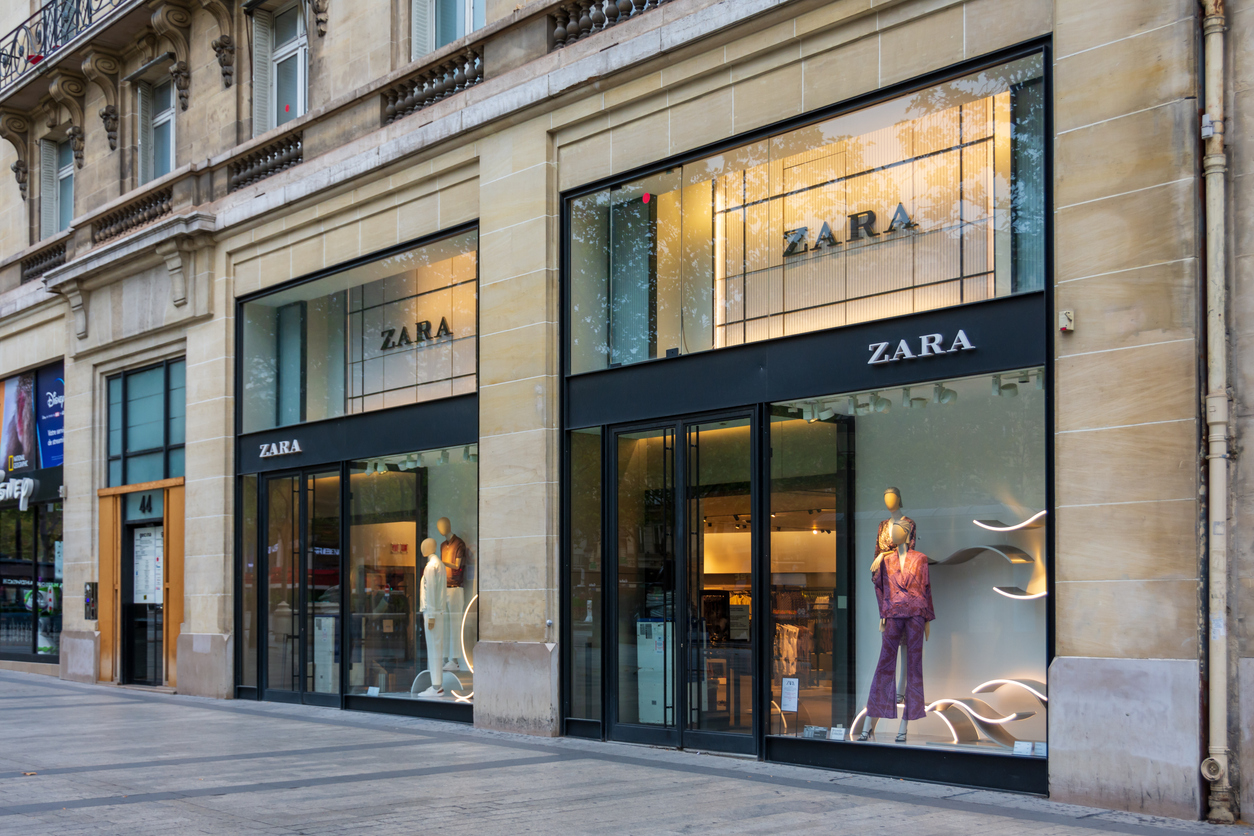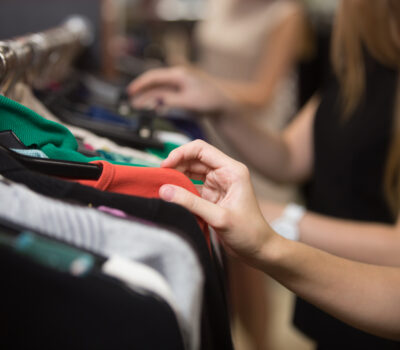Zara to Start Selling Second-Hand Clothing In The U.S.: A Step Closer To Sustainable Fashion

Zara, one of the world’s most recognizable fast-fashion brands, has announced their second-hand clothing platform is coming to the U.S. next month. As concerns about the environmental and social impacts of fast fashion continue to grow, this move signals Zara’s intention to align with more sustainable practices. While Zara has been synonymous with trendy, affordable apparel, its decision to sell second-hand clothing may change the way consumers perceive fast fashion, promoting a circular economy and encouraging more responsible consumption.
The Fast Fashion Industry and Its Impact
The fast fashion industry is notorious for producing large quantities of clothing quickly and cheaply, encouraging frequent purchases to keep up with constantly changing trends. However, this business model has come under fire for its environmental toll. The fashion industry is responsible for significant carbon emissions, water consumption, and waste production. Many garments end up in landfills after being worn just a few times, contributing to a growing waste problem.
In recent years, more consumers have become aware of these issues, demanding greater transparency and responsibility from fashion brands. As a result, there has been a push towards sustainable alternatives, such as buying second-hand clothing, participating in clothing swaps, or opting for higher-quality items that last longer. This growing consciousness has led brands like Zara to rethink their practices and explore ways to reduce their environmental footprint.
Zara’s Second-Hand Platform: How It Works
Zara’s “Pre-Owned” platform that allows customers to buy and sell pre-owned Zara clothing isn’t exactly new. It’s currently running in 16 European countries, having launched first in Britain in 2022. With the U.S. launch happening next month, the initiative is expected to quickly expand to other markets, including Canada, in the near future. The platform offers three key services: resale, repair, and donation.
Through the resale option, customers can list their pre-loved Zara items for sale on the platform. Zara has streamlined this process by allowing users to easily upload photos and descriptions of the garments, making it simple for both sellers and buyers to engage in transactions. This service also ensures that Zara clothing stays in circulation for longer, reducing the need for constant production of new garments.
The repair service is another innovative feature. Zara will offer repairs for damaged clothing, extending the life of items and promoting a more sustainable consumption model. Customers will be able to book repair services through the platform, whether it’s fixing a broken zipper, mending a torn seam, or replacing a button. By making it easier to repair rather than replace garments, Zara encourages consumers to keep their clothes longer, further supporting the circular economy.
Finally, the platform will include an option for donation, where customers can donate their used clothing to charities and organizations that support individuals in need. This aspect of the platform promotes social responsibility while also preventing clothing from ending up in landfills.
A Step Towards a Circular Economy
Zara’s second-hand platform aligns with the concept of a circular economy, where products are kept in use for as long as possible, and waste is minimized. In a traditional linear economy, resources are used to create products, which are then discarded after use. In contrast, a circular economy emphasizes reuse, repair, and recycling, ensuring that resources remain in circulation rather than being wasted.
By enabling customers to resell and repair their clothing, Zara is promoting a more circular approach to fashion. The resale of second-hand items reduces the demand for new clothing, which in turn reduces the need for resource extraction and manufacturing. Repairing garments ensures they have a longer lifespan, decreasing the likelihood that they will end up in landfills.
While Zara’s initiative is a positive step, it is also important to acknowledge that this alone won’t solve the environmental challenges posed by the fashion industry. The brand’s business model is still rooted in fast fashion, and there is much more work to be done to achieve true sustainability. However, the introduction of second-hand clothing is a step in the right direction, and it reflects a broader industry trend towards more responsible practices.
Consumer Shifts and the Future of Fashion
Zara’s decision to sell second-hand clothing reflects changing consumer attitudes towards fashion. More people are becoming conscious of their environmental impact and are seeking ways to reduce waste and make more sustainable choices. The rise of second-hand shopping is a testament to this shift. As one of the largest fast-fashion brands, Zara’s move could encourage other retailers to follow suit.
Zara’s foray into the second-hand clothing market marks a significant moment for the fashion industry. While there is still much progress to be made in terms of sustainability, this initiative signals a step in the right direction. As this initiative expands, it could play a key role in reshaping how we think about fashion and consumption across the globe.



